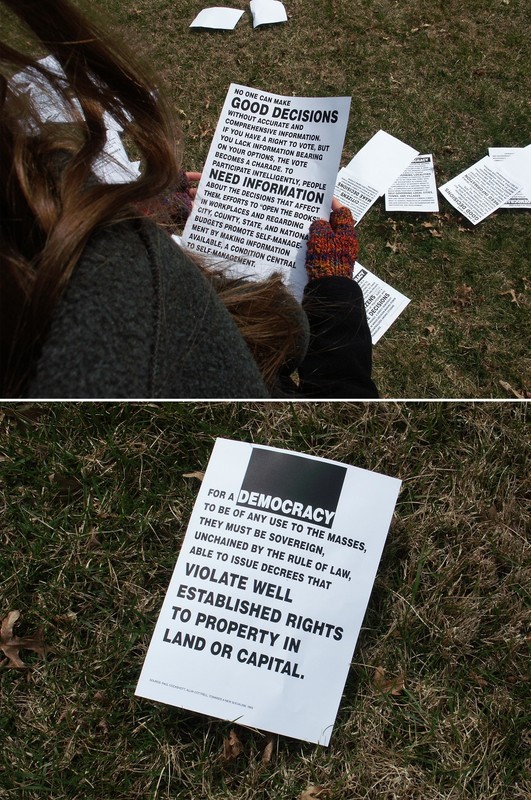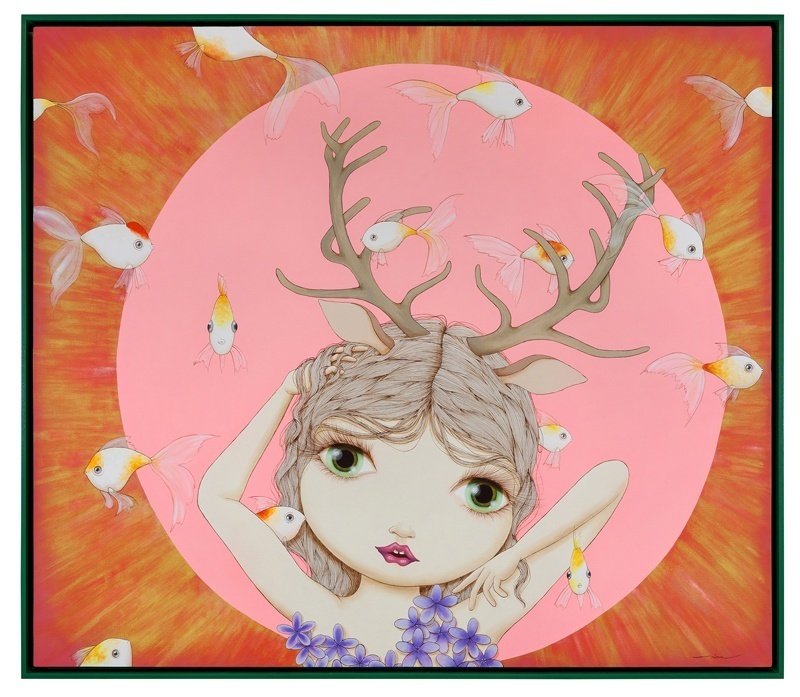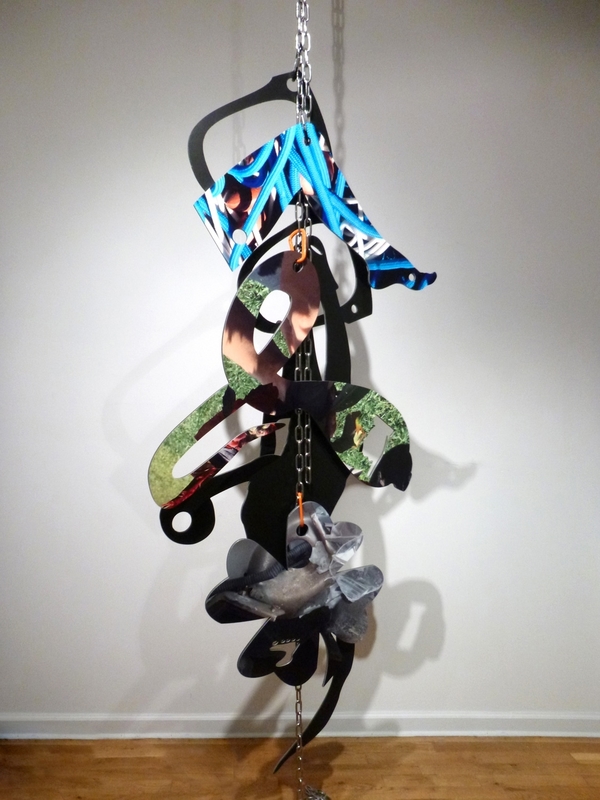Contemporary art in 2017: trends we are looking forward to
Cover image: Oliver Ressler, Fly Democracy, 2007.
If 2016 has taught us anything, it is to avoid making hasty predictions. The same always applies to the endlessly shifting and unpredictable contemporary art world. Nevertheless, there are already some trends we can look forward to seeing in the following twelve months. 2017 will be a particularly busy year for contemporary art, with Documenta coinciding exceptionally with the Venice Biennial at the forefront of a wave of events, including the Sharjah Biennial, Lyon Biennial and Instanbul Biennial. This surge of activity follows a year which has been racked with unexpected challenges and shortcomings faced by the contemporary art market, facing a series of tense political outcomes. Yet these events seemed to have created a shockwave of compelling projects and a desire to work towards a socially involved, aware contemporary art world.
A few weeks ago, for instance, a series of contemporary artists and art critics, including Allora & Calzadilla, Hans Haacke and Louise Lawler among many others, called for a general art strike across American cultural institutions on Inauguration Day this Friday. With artists taking strong political stances against Brexit or the Trump presidency, art market institutions have been flexible in adapting to these activist sentiments. At Art Basel Miami, several galleries such as Gavin Brown and Spruth Mägers successfully embraced the current mood by showcasing Rirkrit Tiravanija and Barbara Kruger respectively: both artists are politically active, both in the work they display and their stance towards current political events. While Tiravanija engages extensively with notions of political protest in his work, Kruger has been vocal about a range of feminist political issues, and has made her views on Trump clear with her famous “Loser” magazine cover for New York Magazine last year. As we embark into 2017 there is no doubt political involvement will gain momentum amongst artists, collectors and institutions alike. It is interesting to consider Oliver Ressler’s work in this context: the Vienna-based contemporary artist explores issues of political resistance in the media with a wide variety of projects, videos and exhibitions. Fly Democracy , his project enacting a propaganda shower of flyers, destined for the United States, suggesting alternative and participatory forms of democracy was created 2007 yet feels just as relevant a decade later.
 Oliver Ressler, Fly Democracy, 2007, digital print on aluminium, edition of 3+1
Oliver Ressler, Fly Democracy, 2007, digital print on aluminium, edition of 3+1
“Diversity” has been a 2016 buzzword and one that is still provoking interesting conversations in relation to contemporary collecting and curating. These critical concerns are perhaps best illustrated by Guerilla Girls’ uncompromising exhibition “It’s Even Worse in Europe” at the Whitechapel Gallery, showing how far museums and art centres still have to go in order to promote women artists, as well as artists outside of European and American contemporary practices. Nevertheless, 2017 is gearing up for new discoveries and increased focus on women artists from outside the US and Europe, with many collectors choosing to focus on correcting the gender and geographical imbalances in their own collections. In particular, Latin American artists should be in the spotlight, with the initiative “Pacific Standard Time: Los Angeles/Latin America” comprised of forty exhibitions and events celebrating modern and contemporary Latin American art in Los Angeles and its surrounding region. It will include the exhibition “Radical Women: Latin American Art, 1960–1985”, allowing for reappraisals of Lygia Clark and Ana Mendieta’s works, alongside new discoveries and emerging artists such as Leticia Parente and Zilia Sánchez. This renewed focus is a good opportunity to rediscover the work of Nina Pandolfo, a Brazilian artist at the forefront of the graffiti art movement since the 90s, and whose street art has transitioned into playful, Pop-Art inspired paintings on canvas, such as her work Breathe Slowly.

Nina Pandolfo, Breathe Slowly, 2015, acrylic on canvas
Just as the internet facilitates and changes our approach to art, “post-internet” art is gaining momentum as a trend, as emerging artists develop new practices which engage critically with the way in which the internet affects our social interactions and life experiences. Although many choose to do so using the internet itself and digital formats as a medium, the versatility of practices used have ranged from immaterial installations to mixed media and sculpture, making this an unpredictable yet fascinating trend to follow in 2017. Brooklyn-based American artist Kate Steciw shows this compelling versatility in her artistic practice, using a wide range of mediums from video installation to photography and sculpture. In this particular work, Construction 005, she removes digital prints from their original immaterial context and existence on the internet to manipulate them into an abstract sculpture work.

Kate Steciw, Construction 005, 2016, dye sublimation prints on aluminum mounted to sintra, chain
These trends may vary, change or surprise us in the way they evolve over the course of 2017. Yet this year more than ever, the contemporary art world seems poised to move outside of its comfort zone to embrace new practices and ways of curating and collecting.
All bets are off!
Claire, artvisor
Claire holds a degree in art history from Oxford University and master’s degree in Curating from the Courtauld Institute of Art. She is a French and British national and has worked in museums and art institutions in both countries.
All artworks above are available through the Artvisor platform.

